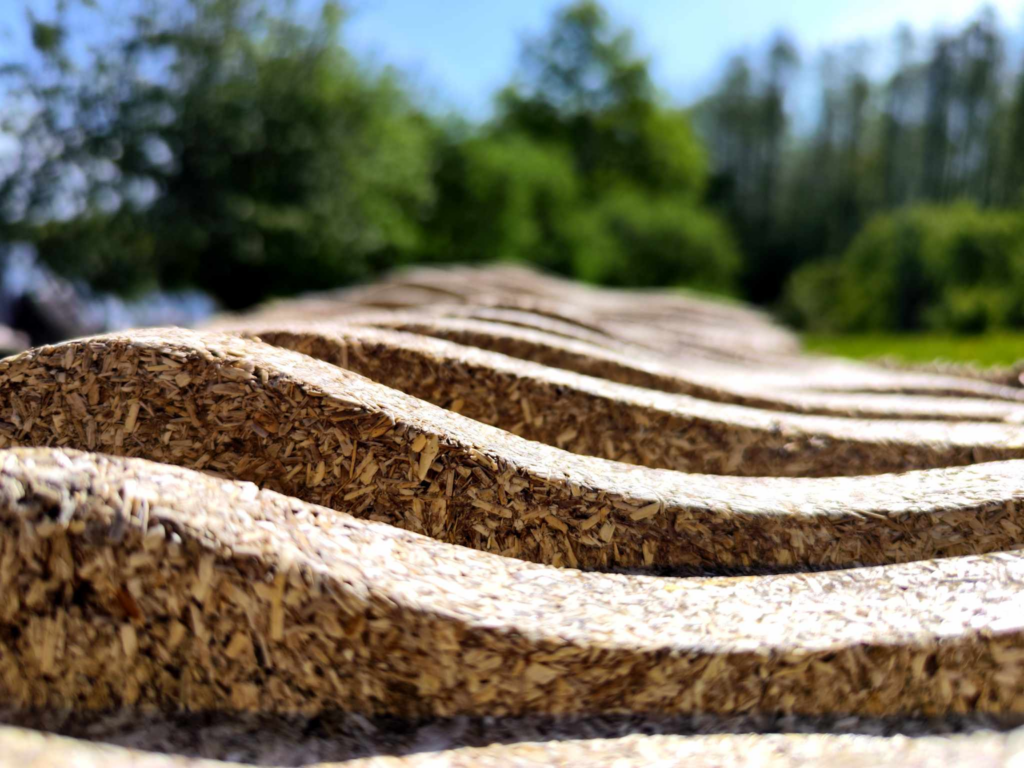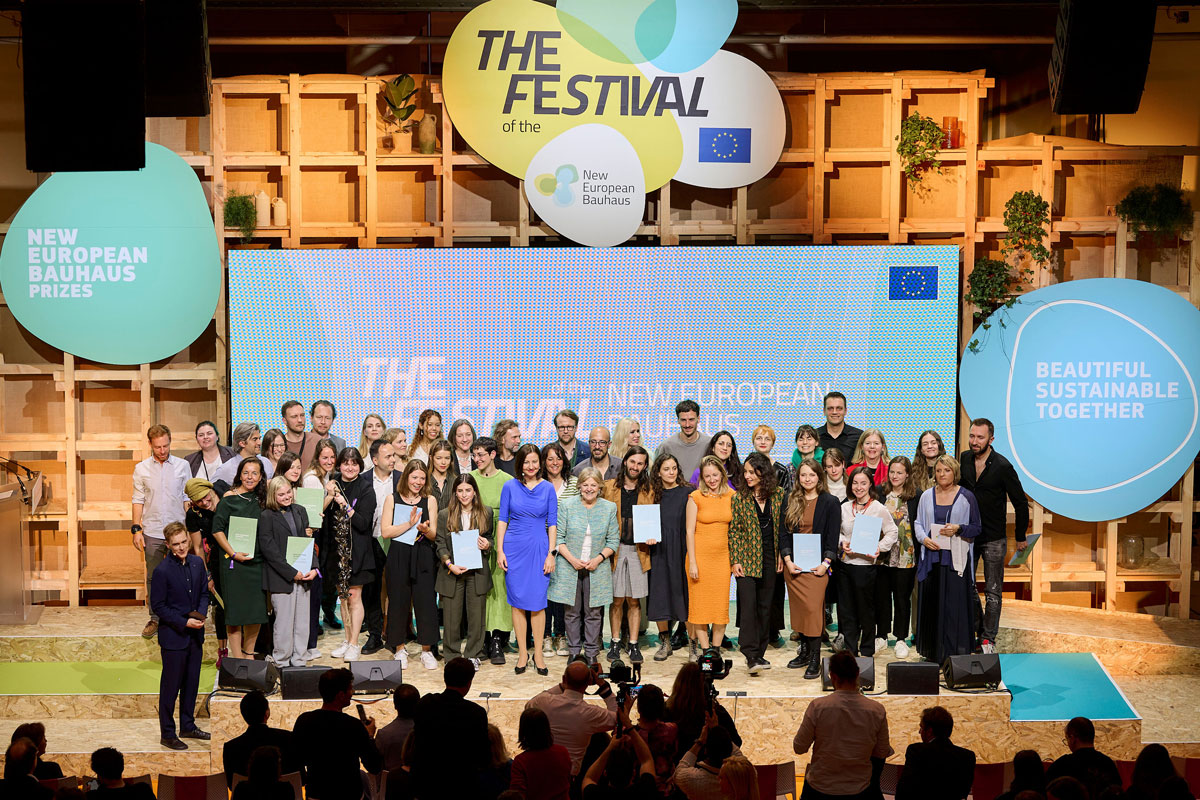Sustainability should not be only efficient — it should be inspiring.
This vision lies at the heart of the New European Bauhaus (NEB) Prizes, the European Commission’s annual celebration of projects demonstrating that environmental transition can be both necessary and beautiful.

Designing Europe’s Green Soul
The NEB initiative, born from the European Green Deal, reimagines how we design our homes, cities and lifestyles. It’s not just about reducing our carbon footprint or using recycling bins — it’s about creating places where sustainability feels human, inclusive and creative.
Each year, the awards shine the spotlight on projects and ideas that embody this philosophy. The awards are divided into four categories, ranging from reconnecting with nature to creating a circular industrial ecosystem. The latter focuses on innovative approaches to materials, production and life-cycle design.
As Commission President Ursula von der Leyen said, “The New European Bauhaus is about making the Green Deal tangible and enriching — a transformation that we can all feel in our daily lives.”
Circular Thinking Takes Center Stage
This year’s most forward-looking winners are those shaping circular ecosystems.
The Lithuanian project HempForma turned heads with its acoustic panels made from hemp — a fast-growing, environmentally friendly plant that can be used as a stylish, sound-absorbing building material. It’s a perfect symbol of circular thinking: using nature’s intelligence to craft modern comfort.

From Germany, Collegium Academicum redefined what sustainable architecture can look like. Designed to be adaptable and reusable, the student housing project was built using local, renewable materials — providing a living example of how educational spaces can teach sustainability through their design.
Next Generation Innovators
In the Rising Stars category, Italy’s UN_SKIN stood out by transforming mycelium and bacterial cellulose into a new kind of leather — soft, strong, biodegradable, and beautiful. The team describes their creation as “a material that grows with life and returns to it”, blending biotechnology and aesthetics in one elegant loop.
The runner-up, Smart Slow Fashion from Bosnia and Herzegovina, brought circularity into wardrobes. Its approach to clothing — durable, repairable, and thoughtfully made — challenges the throwaway culture that dominates the textile industry.
Other promising ideas included upcycling advertising banners to create new products and reviving traditional craftsmanship using local materials. Each one tells a story of regeneration, where waste becomes a resource and design enters into a dialogue with the planet.
The Art of Communicating Change
For environmental communicators, the NEB Prizes offer more than inspiration; they provide a way to connect through stories. They shift the focus from fear to imagination, demonstrating that sustainability can be desirable and aspirational.
Rather than focusing on grey efficiency, these projects embrace colour, creativity and community. They show us that the circular economy is not just about closing loops, but also about opening minds.
As Europe navigates the green transition, the New European Bauhaus stands as a cultural compass, proving that our future can be sustainable, inclusive, and beautifully designed.
If we can build a world that lasts, shouldn’t we also fall in love with it?
Cover image: Nicolas Lobet - ©European Union, 2024

